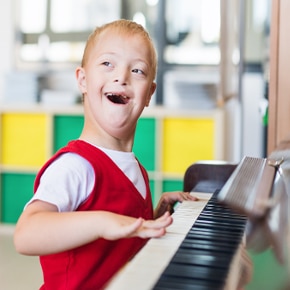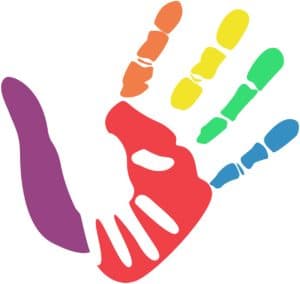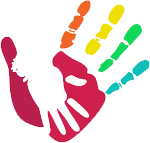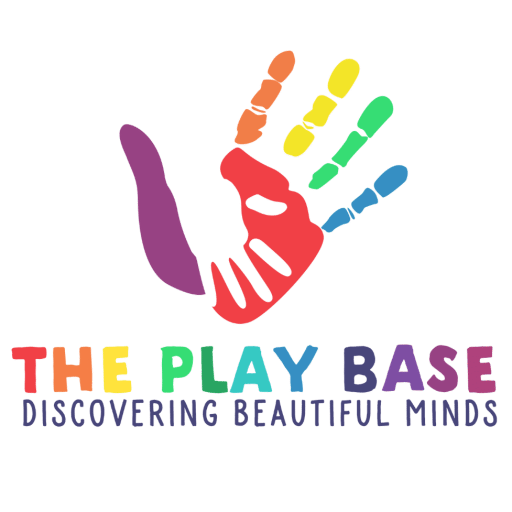Autism Therapy
Table of Contents
Home » Autism Therapy
Autism Therapy
Therapies for autism, such as ASD, aim to lessen symptoms affecting everyday life and the standard of living. Because ASD has a different impact on each individual, each person with ASD has varying strengths, challenges, and treatment plans. As a result, treatment programs frequently involve several specialists and are tailored to the person.
Treatments may be offered in various contexts, including education, wellness, society, or home. To ensure that therapy objectives and outcomes are living up to expectations, professionals must communicate with one another, the individual with ASD, and their families.
Additional support can help with the health and everyday functioning of people with ASD. Community and social engagement of people with ASD increase as they graduate from high school and enter adulthood; therefore, some extra support can be extremely helpful for them. Some people may require assistance to find work, finish job training, continue their education, and find safe housing and accessible transportation

Kinds of Therapies
There are numerous therapy options. Although some therapies include several different approaches, these treatments can typically be divided into various classifications, such as:
· Developmental
· Social-Relational
· Pharmacological
· Alternative and Complementary
· Behavioral
· Psychological
· Educational
Behavioral Methods
Behavioral techniques concentrate on behavior changes by studying what occurs prior to and following the behavior. The most effective methods for addressing ASD symptoms are behavioral ones. They are employed in numerous schools and therapy facilities and have gained widespread acceptance among medical experts and educators. The therapy known as Applied Behaviour Analysis(ABA) is among the most popular for individuals with ASD. To enhance several skills, ABA promotes desired behaviors while discouraging undesirable ones. Progress is monitored and evaluated.
Two ABA training methods are Pivotal Response Training (PRT) and Discrete Trial Training (DTT).
- DTT establishes positive behavior and response by providing detailed guidance. Lessons are simplified, and actions that are desired are rewarded. Unwanted responses and actions are disregarded.
- PRT occurs in an organic environment. PRT aims to enhance a few “pivotal abilities” that will assist the learner’s development of numerous other skills. Establishing contact with others is one illustration of crucial talent.
Developmental Methods
Developmental approaches enhance a wide range of interlinked cognitive abilities, like linguistic or physical abilities and other developmental attributes. Behavioral and developmental techniques are frequently combined.
For those with ASD, language and speech therapy is the most common developmental treatment. The person’s knowledge and usage of language and speech are both improved by this. A few ASD sufferers use verbal communication. Others may use symbols, actions, images, or perhaps a digital communication tool to communicate.
Occupational therapy aims to help the patient live as freely as possible. Clothing, having to eat, taking a shower, and interacting with others are examples of such skills. Additionally, occupational therapy may consist of the following:
- Improved reactions to sensory input that might be constrictive or overwhelming are achieved through sensory integration therapy.
- Physiotherapy can aid physical abilities like finger agility or more considerable body and trunk movements.
ESDM, a comprehensive developmental strategy, is built on the concept of ABA. It is applied to kids from 12 to 48 months old. Therapists and parents use social interactions and collective attention in organic environments to enhance a child’s social, language, and learning abilities.
Educational Methods
Treatments for education are provided in a class environment. The (TEACCH) approach is one form of educational strategy. The foundation of TEACCH is the idea that persons with autism benefit greatly from uniformity and graphic learning. It allows teachers to modify the classroom setup to enhance educational and other results. Daily schedules, for instance, can be written down or illustrated, then displayed in clear view. Learning stations can have boundaries put around them. Visual cues or hands-on examples can support verbal instructions.
Social-Relational Methods
Social-relational therapies aim to increase social competence and foster close relationships. Peer mentors or parents may be used in several social-relational strategies.
- The Intellectual Development, Personality, and Relations paradigm, often known as “Floortime,” urges families and counselors to pursue the child’s interests to increase communication chances
- The RDI approach includes exercises that improve participants’ talents, commitment, and enthusiasm for engaging in social engagements.
- Social Stories offer brief explanations of what to anticipate in a social setting.
- Social Skills Programs give persons with ASD the chance to practice interpersonal skills in a controlled setting.
Pharmacological Methods
The significant symptoms and signs of ASD cannot be treated by medicine. Several drugs may treat some of the early symptoms, which can improve ASD patients’ functioning. For instance, medication may be used to regulate excessive energy, difficulty concentrating, or self-destructive tendencies like drumming or hand chewing. Drugs may be used to treat medical diseases, including headaches, sleep disorders, digestive or other intestinal problems, and psychological conditions like depression or anxiety.
When thinking about using a medication, it’s crucial to consult with a specialist who’s had expertise working with patients who have ASD. Both prescribed and counter medications fall under this category. Together, patients, families, and medical professionals must track development and responses to make sure that the drug’s adverse effects do not outweigh its positive effects.
Psychological Methods
ASD patients can benefit from psychological strategies to manage their anxiety, stress, as well as other mental health problems. One psychological strategy that emphasizes understanding the relationships between ideas, emotions, and behaviors is cognitive-behavior therapy (CBT). In CBT, the counselor and the ASD patient jointly decide on goals before the patient changes their feelings about a scenario to change how they respond.
Alternate and Complementary Treatments
Some people, including parents, adopt therapies that don’t fall within one of the major classifications. These procedures are referred to as alternative and complementary practices. Alternative and complementary therapies are frequently utilized in combination with more conventional methods. Specialized meals, herbal medicines, chiropractor adjustments, art classes, meditation, and relaxation techniques are a few examples. Before beginning an alternative or complementary treatment, patients and their loved ones must always consult their doctor.
For people with ASD, various treatments might be accessible. To learn more, consult a physician or other healthcare professional.
This article is available as a pdf download for your convenience.



